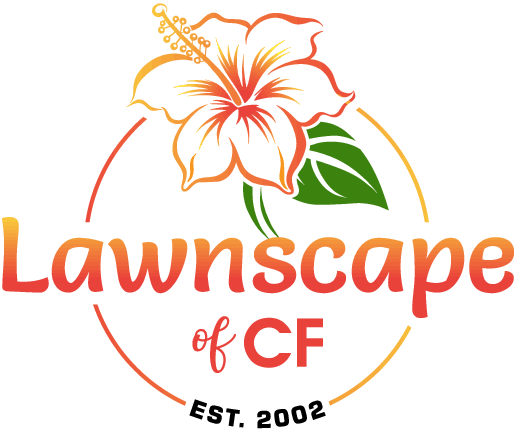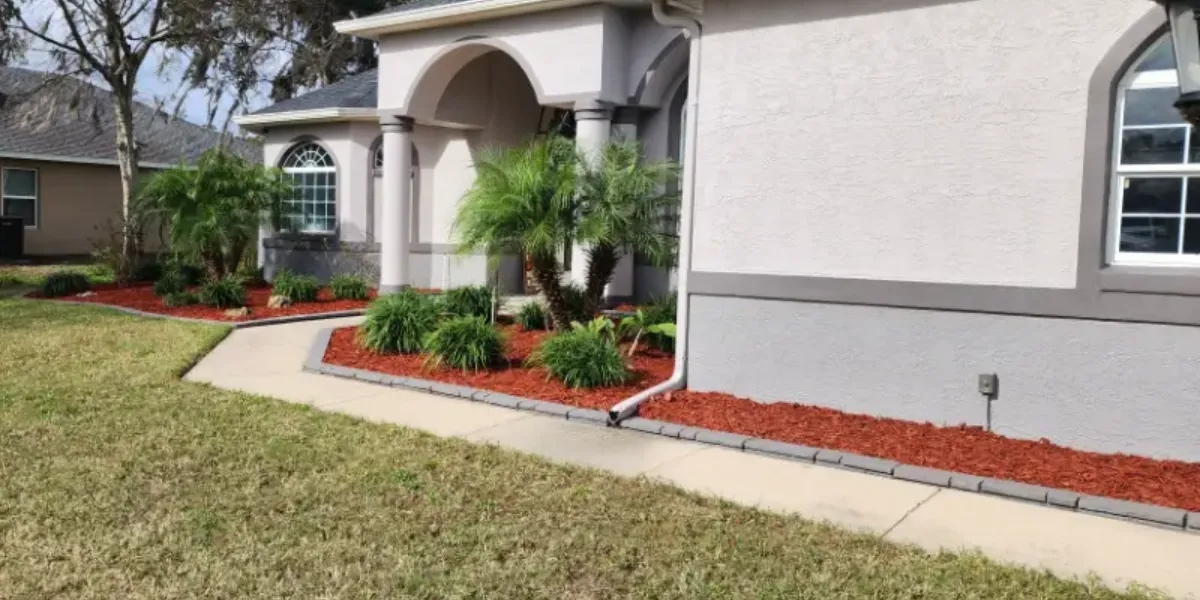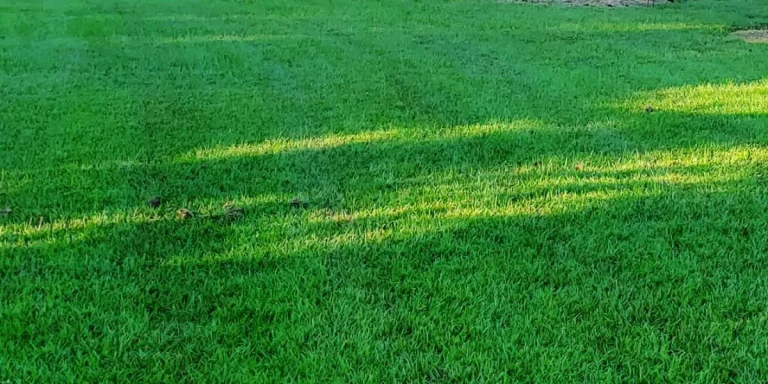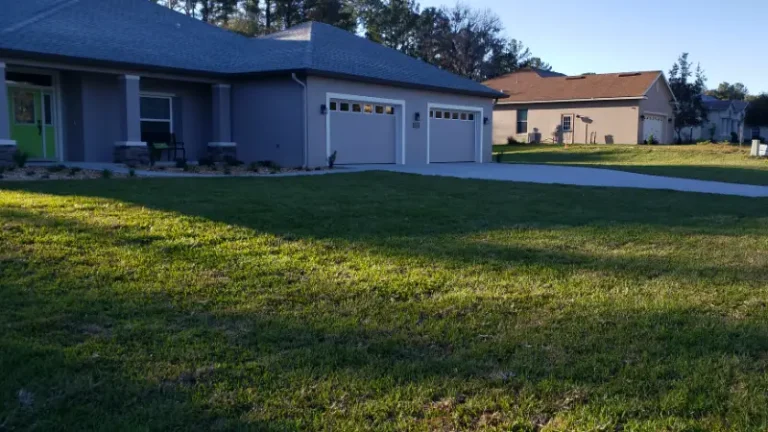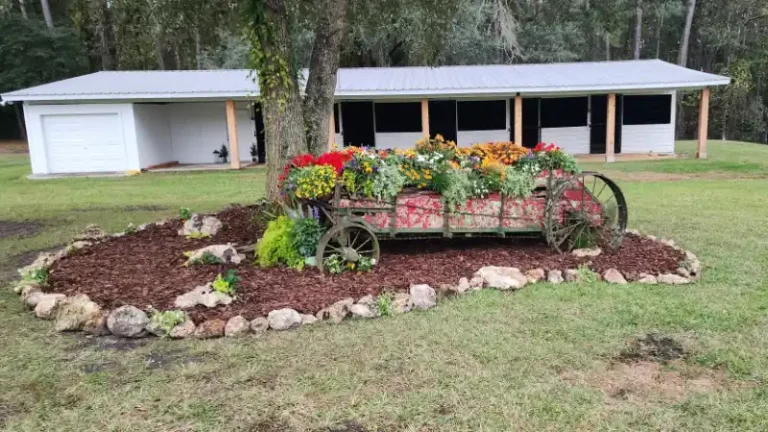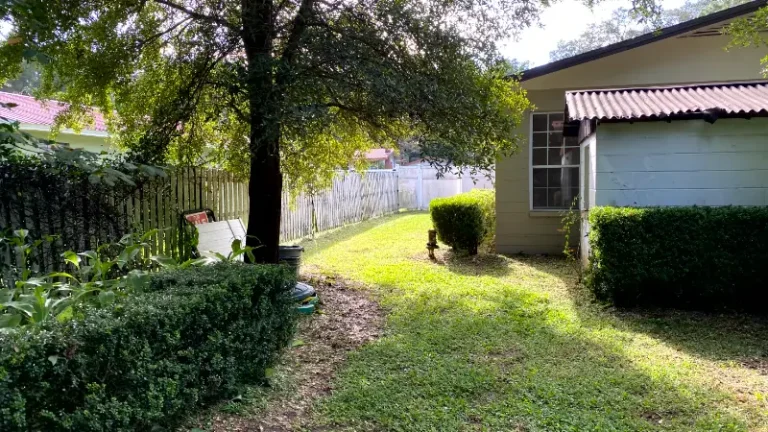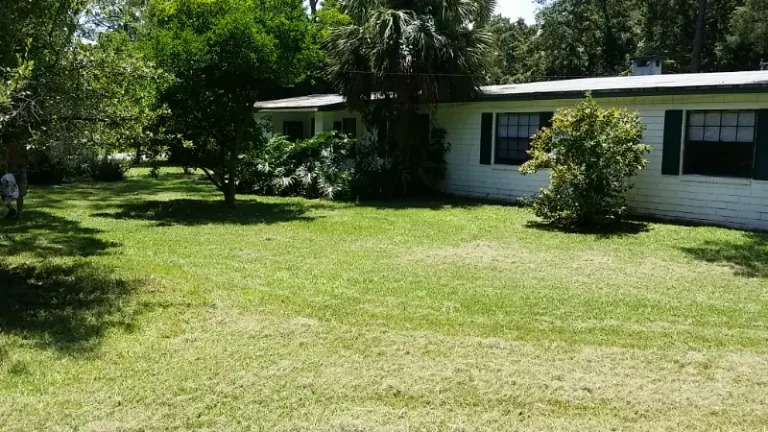How to Integrate Garden Beds Into Your Existing Landscape
Adding garden beds to your property is one of the easiest and most effective ways to enhance curb appeal, increase biodiversity, and create visual interest—but doing it right requires more than just digging and planting. Poorly placed or mismatched beds can disrupt the flow of your yard, making it look cluttered or disjointed. At Lawnscape of Central Florida, we specialize in helping homeowners across Micanopy, Gainesville, and Ocala design and install custom garden beds that blend seamlessly into their existing landscape.
Whether you're working with a blank slate or want to enhance a well-established yard, here’s what you need to know to integrate new garden beds the right way.
Understand your existing layout and landscape style
Integrating new garden beds into your yard starts with a clear understanding of what you already have. Every property is unique, and a thoughtful assessment helps create a plan that fits seamlessly with your home’s design and landscape features.
Start by taking a step back and looking at your yard as a whole. Consider the following factors:
-
- Architectural style of your home: The character of your house should help guide your landscape design. A modern home with sharp angles and minimal details will pair well with geometric garden beds and tidy plant groupings. In contrast, a craftsman, cottage, or farmhouse-style property might look best with flowing, curved beds filled with lush, varied plantings.
- Flow and shape of your lawn, walkways, or hardscapes: Look at how people and pets move through your yard. Are there natural paths worn into the grass? Do your walkways curve or create straight lines? A garden bed can highlight these routes, create natural transitions, or soften abrupt edges between the lawn and patios, driveways, or fences.
- Existing trees, flower beds, or shrubs: Take inventory of what’s thriving and where you have empty or underused spaces. Mature trees and shrubs can serve as anchor points for new beds, while established flower beds might need refreshing or expansion to match your vision. Don’t forget to account for root systems that could compete with new plantings.
- Drainage patterns, sun exposure, and soil conditions: Florida’s weather means some areas of your yard might stay wet longer, while others dry out quickly in the sun. Note which parts of your landscape are shaded, partially sunny, or full sun throughout the day. Soil type and drainage also impact plant health—some flowers and shrubs prefer drier conditions, while others thrive in moist, well-drained areas.
When you work with Lawnscape of Central Florida, our team takes the time to analyze these details. We design garden beds that echo the style and flow of your property, making the transition between existing and new elements feel smooth and intentional. This custom approach results in a finished landscape that looks cohesive, mature, and perfectly suited to your home—whether you live in a historic neighborhood in Micanopy or a newer development in Gainesville or Ocala.
Choose strategic placement for visual balance
Where you place your garden beds is just as important as what you plant in them. Even the most beautiful flowers can look out of place if the bed is awkwardly located or disrupts the flow of your yard. At Lawnscape of Central Florida, we approach garden bed placement with a designer’s eye—focusing on how to enhance the structure of your outdoor space while maximizing visual impact.
Start with high-visibility and high-traffic areas
Garden beds are one of the first things people notice when they approach your home, so we often begin by identifying areas where flowers and greenery will have the greatest effect:
-
- Front entryways or corners of the home: These areas naturally draw attention and benefit from added color and softness. A well-designed bed at your front entrance can dramatically boost curb appeal, while corner beds can help anchor the home to the landscape.
- Along fences or property lines: Instead of leaving fencing or edges bare, we use garden beds to create a softer transition. Plantings along the perimeter also help define property boundaries and create a more polished, intentional look.
- Near patios, decks, or outdoor living areas: Garden beds in these zones make your outdoor spaces more inviting by adding fragrance, color, and privacy. Whether it’s a backyard retreat in High Springs or a family-friendly patio in Ocala, we use garden beds to visually connect these living areas to the rest of the yard.
- At focal points like mailboxes, signage, or fountains: A small, well-placed bed around a mailbox or sign can make a big impact. These focal points give you an opportunity to add personality and interest to parts of the yard that are often overlooked.
Use garden beds to define and transition spaces
In larger properties like those in Newberry, garden beds can serve a functional purpose beyond aesthetics. We often use beds to:
-
- Break up large expanses of lawn and add structure to open spaces
- Define activity zones, such as play areas or entertaining spaces
- Transition between materials—like where sod meets a gravel walkway or driveway
- Frame views from porches or interior windows to enhance the feeling of connection between indoor and outdoor spaces
Our design team considers not just what looks good, but what feels balanced. Strategic placement ensures that your garden beds don't compete with existing elements—they enhance them. This thoughtful integration results in a cohesive, visually pleasing yard that feels complete and harmonious from every angle. Whether you’re working with a compact urban lot in Alachua or a sprawling lawn in Micanopy, we know how to place garden beds for maximum beauty and function.
Coordinate plant choices with your landscape
Selecting the right plants is about much more than choosing your favorite colors. The goal is to create a cohesive, visually balanced garden bed that feels like a natural extension of your existing landscape. At Lawnscape of Central Florida, we help homeowners throughout Alachua, Gainesville, and beyond make plant choices that enhance—not compete with—what’s already in place.
A well-coordinated garden bed can pull your entire landscape together. It ties in materials, echoes shapes, and fills visual gaps with intentional design. Here's how we make it happen:
Match texture and form, not just color
While color can be eye-catching, plant texture and form often have a greater impact on the overall feel of your garden bed. We carefully consider:
-
- Leaf shapes and finishes—such as glossy vs. matte, or fine vs. broad leaves—to complement existing plantings
- Growth habits—upright, mounding, trailing, or spreading plants are used to echo or contrast with nearby shrubs, hedges, or trees
- Repetition of shapes or textures to create a rhythm that’s pleasing to the eye
For example, if your landscape already features soft, rounded shrubs like Indian Hawthorn, we might pair them with compact flowering plants like coreopsis or salvias that have a similar structure and bloom profile.
Balance heights and proportions
A common mistake in DIY garden bed installations is failing to account for mature plant size. We look beyond the nursery tag and think long-term, placing plants where they’ll grow into their space—rather than outgrow it.
We blend:
-
- Low-growing border plants like liriope, alyssum, or dwarf lantana
- Mid-height color anchors like blanket flower, salvia, or daylilies
- Tall background plants or accents like ornamental grasses, hibiscus, or crinum lilies
This balance of heights adds layers and depth without overwhelming nearby features like porches, pathways, or lawn edges.
Tie in structure with evergreens and anchor plants
To prevent your garden beds from looking bare in the off-season, we incorporate evergreens and structural plantings that provide year-round interest. These plants are especially useful when integrating new beds into existing yards, as they help visually connect older elements to the new ones.
Some of our go-to choices in Alachua and neighboring towns include:
-
- Loropetalum for rich foliage and compact growth
- Dwarf yaupon holly for tidy evergreen structure
- Coontie palm for a native, drought-tolerant option with bold texture
These evergreens also serve as anchors—visually grounding the bed while allowing seasonal color to rotate in and out.
Blend native and seasonal varieties for lasting results
We often use a mix of native plants, hardy perennials, and seasonal flowers that thrive in North Central Florida’s hot, humid climate. This combination not only creates dynamic, ever-changing color displays—it also minimizes long-term maintenance.
For example, in a landscape that already includes azaleas or crepe myrtles, we might add native blanket flower, black-eyed Susan, or blue-eyed grass to continue the color story without clashing. These plants perform well in local conditions and require less water and care, especially during dry or transitional months.
The result? A garden bed that feels like it’s always been there—one that enhances the look and feel of your home, fits your lifestyle, and thrives in Florida’s environment.
Use edging and materials that match your yard
Even the most thoughtfully planted garden beds can feel disconnected if the finishing details aren’t in sync with the rest of your property. At Lawnscape of Central Florida, we know that the materials you use around your garden beds—like edging, mulch, and decorative accents—can dramatically influence the overall cohesion and curb appeal of your landscape.
These elements act as the visual “glue” that holds your design together. When chosen correctly, they help unify different parts of your yard and create a professional, polished appearance that lasts through all seasons.
Edging that enhances your existing features
Edging isn’t just functional—it defines the boundary between your lawn and garden bed, provides a clean visual break, and helps keep mulch and soil in place. We recommend:
-
- Stone or brick edging that matches existing patios, walkways, or retaining walls
- Natural wood or composite borders for rustic or informal landscapes
- Metal or aluminum edging for sleek, modern properties with clean lines
For example, if your backyard features a flagstone patio, we might extend that material into the garden bed edging to create a visual connection. This seamless integration helps your entire yard feel more intentional and harmonious.
Mulch that ties it all together
Mulch plays a practical role in conserving moisture, suppressing weeds, and protecting plant roots—but it also affects the overall look of your landscape. Choosing the right color and texture of mulch helps tie multiple garden beds together, even if they’re in different zones of your property.
We often recommend:
-
- Shredded hardwood mulch for a natural, understated look
- Pine bark nuggets for larger garden beds in more open spaces
- Dyed brown or black mulch to match existing landscaping features and add contrast with foliage
For clients in Newberry and High Springs, where larger properties often have multiple garden zones, consistent mulch selection can create unity across a wide space.
Lighting that connects the landscape
Adding low-voltage lighting around your garden beds not only increases safety and usability after dark—it also provides an opportunity to visually link the new beds to existing patios, walkways, or focal points. We make sure your lighting choices align with the style and finish of fixtures already in place, whether that’s path lights, spotlights, or integrated step lighting.
Strategic lighting placement can:
-
- Highlight key plants or focal features
- Draw the eye along garden paths or walkways
- Create a warm, inviting ambiance for outdoor entertaining
Details that make the difference
It’s easy to overlook the finishing touches—but these are often what set a professional landscape apart from a DIY project. When every material works in harmony with your existing space, your new garden beds don’t feel “added on.” Instead, they look like they’ve always belonged.
At Lawnscape of Central Florida, we bring this level of attention to every project, whether it’s a small front yard refresh in Micanopy or a full landscape renovation in Ocala. The result is a yard that feels complete, balanced, and beautiful from every angle.
Proudly serving North Central Florida
We design, install, and maintain custom garden beds, flower plantings, sod lawns, and full-service landscaping throughout:
-
- Micanopy
- Gainesville
- Ocala
- Newberry
- High Springs
- Alachua
- Surrounding North Central Florida communities
Ready to upgrade your yard with custom garden beds?
If you're thinking about adding garden beds to your property, trust the experts who know how to make it seamless. We create designs that blend naturally with your yard and elevate your curb appeal—without adding unnecessary maintenance.
Call today or request a free estimate online. We proudly serve Micanopy and surrounding areas with expert flower planting, lawn care, and custom garden bed installation services tailored to Florida’s unique climate and growing conditions.
